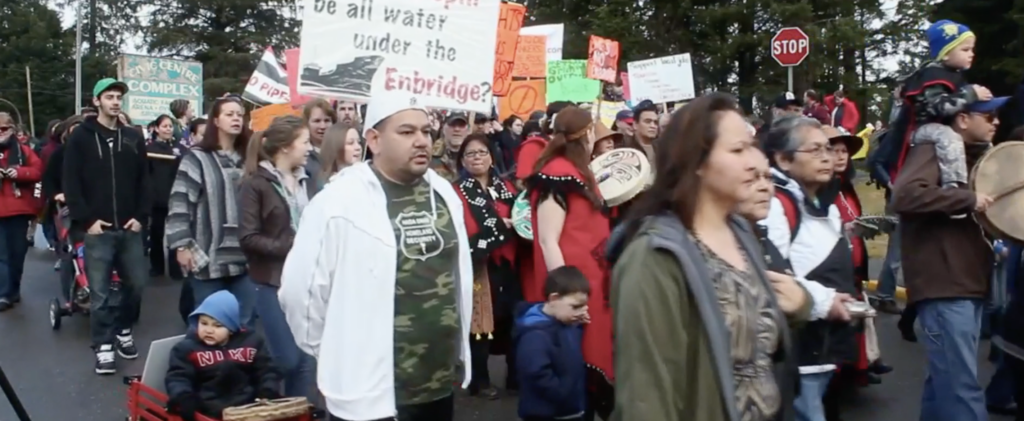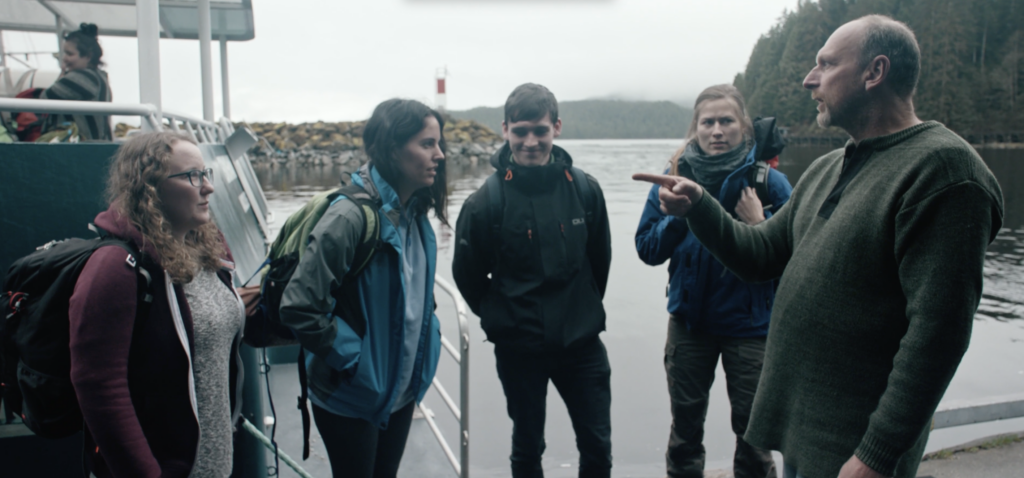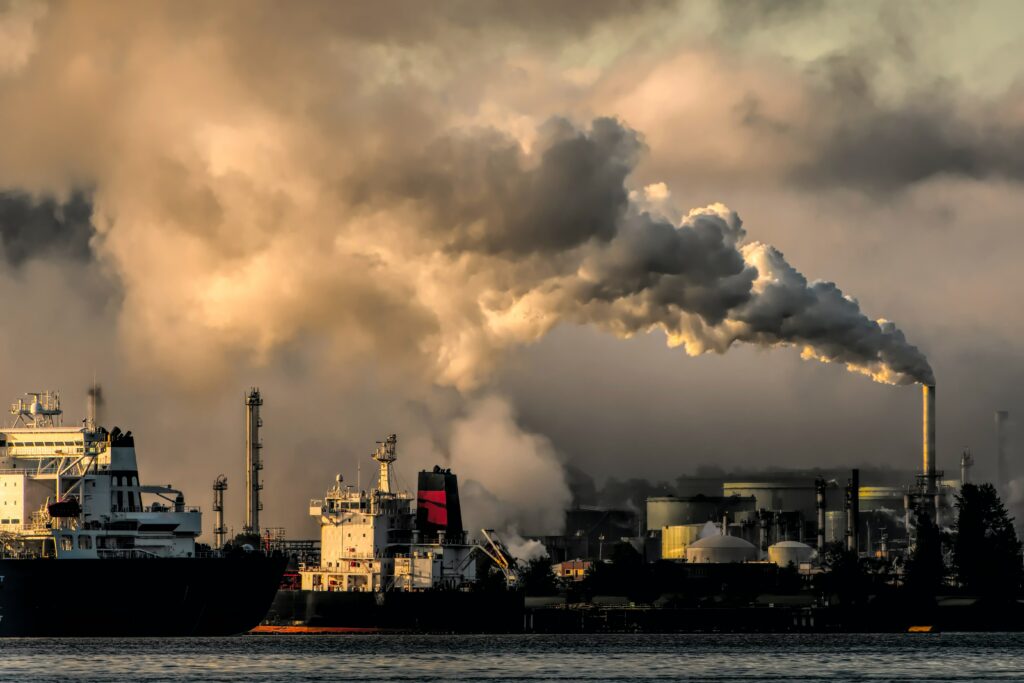To highlight the expanding commitment of the Gitga’at community in their partnership with the World Wildlife Fund and Cetacea Lab, it’s essential that we share the developing criteria for selecting materials that have cultural or historical importance. Specifically, the project focuses on assessing their needs and how to provide a stable environment and proper supplies for traditional land and the Whales by developing and implementing policies for the safe use of materials; and providing the resources necessary to engage in an on. Additionally, conservation is a vital aspect of preservation as it aims to stabilize and restore aquatic habitats in their original form through various treatment methods. This partnership brings together professional conservators trained to apply conservation methods and work together to make recommendations for the long-term preservation of such environments.
AUDIENCE
This blog campaign will create a relationship between community members and the environment to develop this coexistence and understanding of the importance of the conservation of land. This campaign will attract student participants worldwide in data collection and analysis,creating very beneficial experiences for students in environmental studies.
RESEARCH
Being a part of a tight community, there is no doubt that the community connection will be able to project heartfelt messages through presenting digital channels such as this blog campaign. In 2013, Statistics Canada stated that nearly two in three Canadians were members or participants in a group, organization or association (65%). This proportion was the same as that recorded in 2008 but was slightly higher than in 2003 (61%). While the surprise in global digitalization relies on media followings and online influence, the partnership with the WWF and the community acting as a backbone, this blog is able to present a co-existing relationship between the heart and soul of the project, and outreach through digitization. The intent of this blog is to allow readers to indulge in community relationships and engage in indigenous traditions among the Gitga’at land. Additionally, while this blog may be preserved as connective and personal, the analytical data collected by Cetaeca Lab will be presented in an informal and in a discussion format to promote “community talk”.
Directing hesitant community members and pro-LNG individuals to the blog and gaining purposeful connections with them will pose a challenge to the engagement of the blog and corresponding media channels. With our student involvement, we hope to assist and manage negative PR or comments in an attempt to keep the blog a positive enlightening campaign rather than come off in protest to such individuals. The blog series is intended to be informational, soulful and educational – the pure intent of engagement is to promote talk and conversations around the conservation and preservation of traditional lands in which endangered mammals call home.
SPOKESPEOPLE
Standpoint theory can be used through media channels and corresponding spokespeople to shape and share their ongoing social and political experiences. A standpoint is multifaceted and provides many opportunities to derive an opinion rather than relying on the subjectivity derived from one’s direct acquaintances or people who see as like them in order to make their assumptions. Working with this theory, this blog campaign will seek to engage with the students learning throughout their time with Cetaeca Lab and also see how their standpoint within the community campaign can introduce new ideas through their growing experience with the project. Each of these blog entries will highlight the community experience, researcher’s experience, and traditional experience to create a diverse platform of available knowledge.
CONTENT
The Hartley Bay Preservation Project is implemented to raise awareness about traditional land, culture and knowledge and how indigenous practices help protect and help with the co-existence of aquatic life during the growing demand for industrialization in delicate rural environments. The blog series will be focused on first-person and provide a subjective experience for readers as they connect with the posts of the spokespeople. There will not be a focus on guest writers as the project consists of a wildly known organization and we would like to mitigate the event of any conflicting approaches to the media facet of communication. The blog will be very focused on three ideas, sense of community and the importance of involvement; what members can do to show their support, Indigenous Knowledge and the co-existence of industrialization on traditional land, and finally, how data collected and student involvement can help the WWF and Gitga’at community stop LNG tankers and preserve sacred environments such as Hartley Bay. Comments, questions, and emails will be monitored by a student PR representative to mitigate negative or conflicting responses while creating an educational opportunity for the project and students.
CALENDAR
This blog series should be released weekly as well as act as an update for recent data findings that relate to the proposed LNG tanker route. This timeline is designed to engage community members and spread awareness of the LNG route proposals while acting as an educational tool for the land in which they reside.
Blog entries guest written by students will be posted bi-weekly to engage in their new findings while head spokespeople from the organizations will be parent posted weekly to initiate discussions. In addition to this blog, an Instagram page an educational tik-tok will be utilized weekly to show educational blurps to redirect users to this page in hopes to expand outreach past Hartley Bay.
CONCLUSION
This t blog series will provide an educational, personal, and indigenous-focused perspective on the preservation and conservation of whales in the Hartley Bay channel. The purpose of this project is to create co-existing knowledge that can be passed along to put a stop to propose tanker routes through the delicate channels and homes of animals on the edge of extinction.




